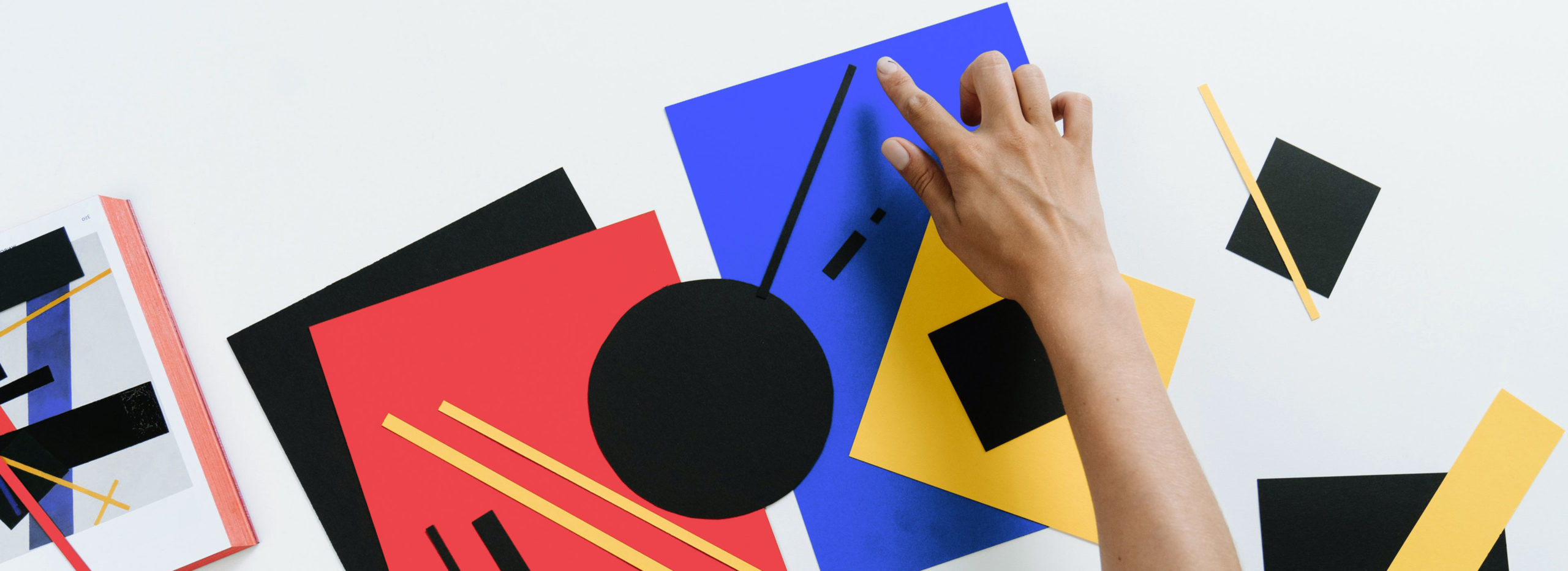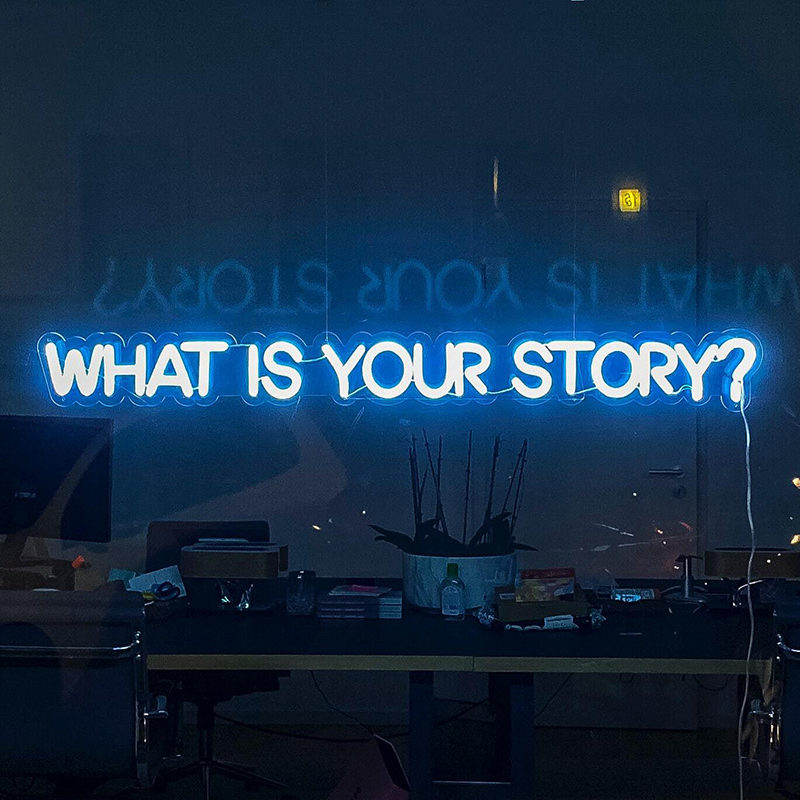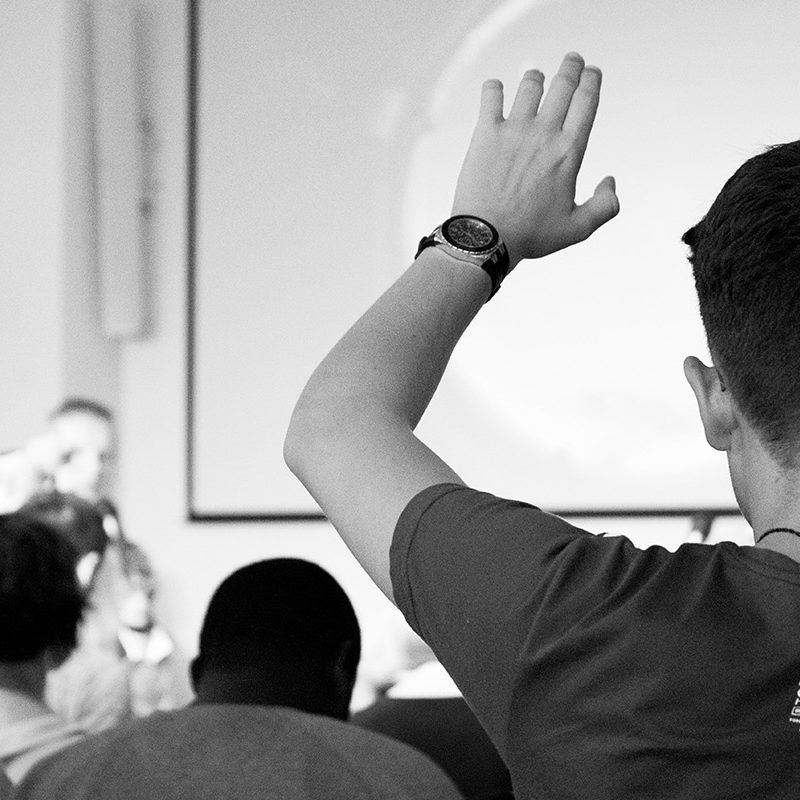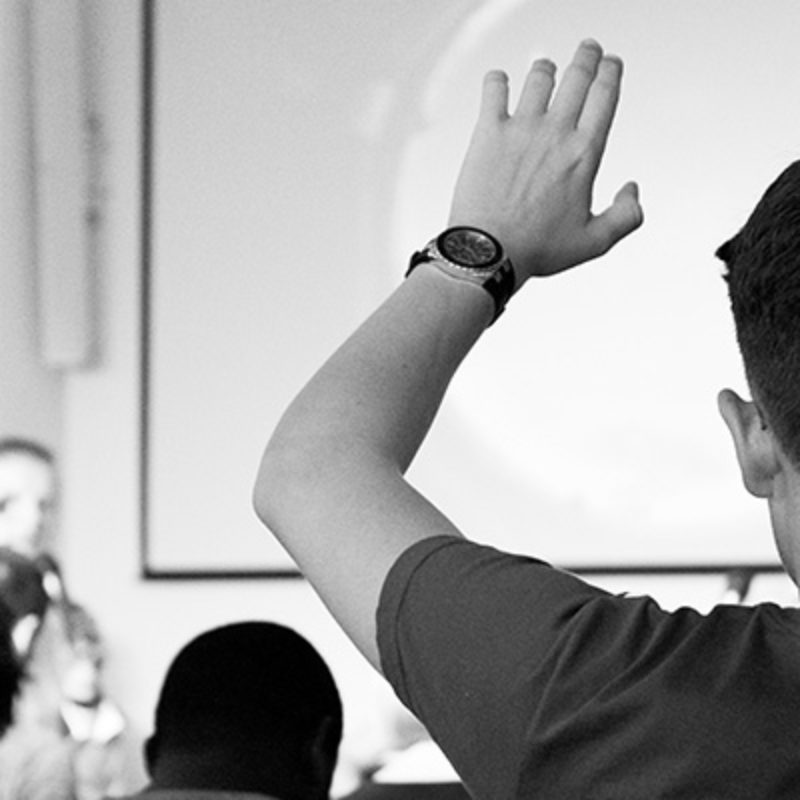We’re surrounded by graphic design. From logos, posters, magazines to websites, apps, and newsletters. It has become so ingrained in our daily life that we rarely dwell on the craftsmanship and the process behind graphic design.
On a day to day basis, it’s not necessary to analyze the graphic design we encounter, as it’s better to experience the communication as it’s presented to us. But when active in the communications industry, it’s very probably that – as a non-designer – you’ll be confronted with this design process. You might have to prepare a briefing or be invited to give feedback on a certain design. While you don’t have to be a designer to do so, it does help to gain some insights into the work and expertise of the graphic designers you might collaborate with. We bet it will result in more motivated designers and a better end result. Win-win!
So without beating too much around the bush, here are 4 things to know about graphic design – from designers for non-designers!
Graphic design is deceptively simple
Graphic design is hard to do well, but very easy to criticize. You can ask anybody for feedback on a design and you can bet they will have a reply ready. And that’s a good thing! Graphic design is for everyone, so everyone should be allowed to give their opinion. Besides, constructive feedback is only beneficial for the end result. It will push the designers to keep improving their work. However, when feedback turns into directions, it can discredit the designer’s years of training and experience. Simply moving element A from X to Y will often destroy the carefully constructed balance in a design. There are always a lot of design principles and techniques at play that are not necessarily visible to the untrained eye.
Tip: If something bothers you in a design, try explaining to the designer what bothersyou and why, instead of telling them how to improve it. This way the designer will offer you new solutions that are in line with their overall vision of the design.
Function beats esthetics in graphic design
Contrary to popular belief, it’s not the purpose of graphic design to just make a message look pretty. It’s more about finding the most efficient way to get a message and emotion across to the target audience. To achieve this, a designer has to be aware of the effect the different elements of their design will have on the target audience. However, saying function beats esthetics doesn’t mean that graphic design isn’t esthetic at its core. But it does use esthetic techniques to serve the higher function of communicating as effectively as possible.
Tip: When giving feedback on a graphic design project, don’t just ask yourself “Does this design look good?”, but rather “Does this design effectively communicate the message I’m trying to get across?”
A (good) graphic designer puts his personal taste aside
When creating a design, a graphic designer will follow their instinct and the general codes related to the message and the target group. For example, they will not choose a certain font because they think it looks good. No, most likely they will have chosen that specific font because it conveys perfectly the emotion that matches the brand’s personality and the specifics of the message they’re trying to communicate. The same goes up for the choice of colour, illustrations, images, etc. The designer will always follow their instincts and analysis of the project but will never get distracted by their personal taste. However, this doesn’t mean that a graphic designer doesn’t have a personal style. They obviously do. It’s just that their style functions as a foundation on which the design is constructed.
Tip: In French they say: “Des goûts et des couleurs, on ne discute pas.” So try to avoid getting lost in discussions that are deeply rooted in personal taste.
Everything in design has a purpose
When it comes to composition, there are a million different ways of putting X and Y together. And from those million ways, there might be a handful that actually works. It’s a graphic designer’s job to study these different options and select the most adequate one, keeping in mind the specifics of the target group. The choice of colour and font, the structure and size of the visual elements, … it’s all done deliberately to convey the content in the most efficient way. The concept of ‘white space’ is important in this context. With ‘white space’, we mean any section of a design that is left blank. Sometimes – for example when making a magazine or a website – clients perceive this as a waste of space and they will see it as an opportunity to add more text or another image. Which goes against the purpose of white space to better organize content to improve the visual communication experience.
Tip: If you don’t understand why a designer has made a certain choice, they will be more than happy to explain why they designed something a certain way. But as there are always several options that work, everything is open for debate!
In the end, we should keep in mind that graphic design is creative work. And as such, it is inevitably subjective and open for discussion. A design will never please everyone at once, but you can trust a designer that they will do their best to communicate your message in the most efficient and elegant way possible.
-Thoughts by Pablo Boulanger and Louis Liekens
-Writing by Louis Liekens













